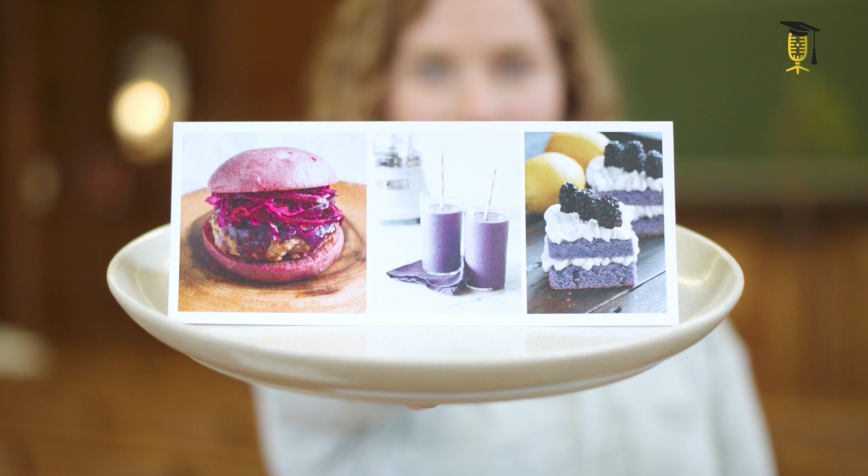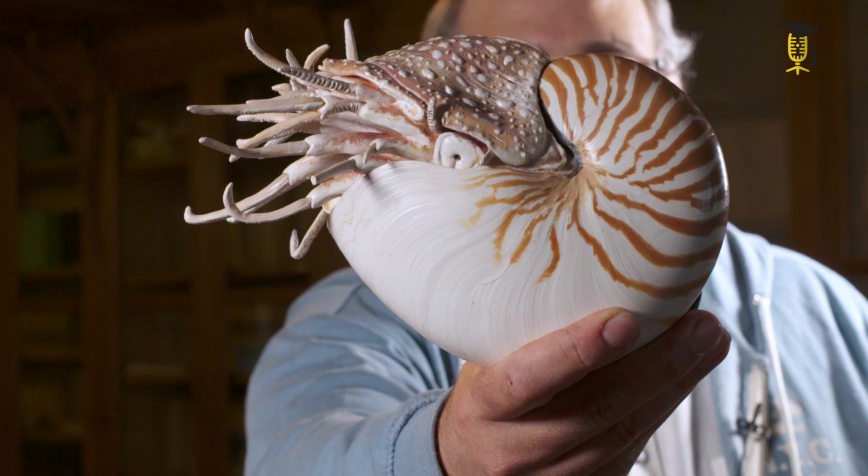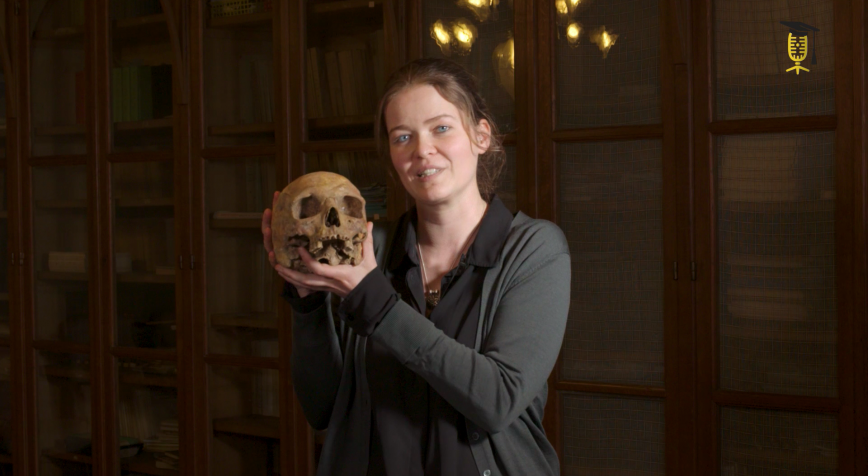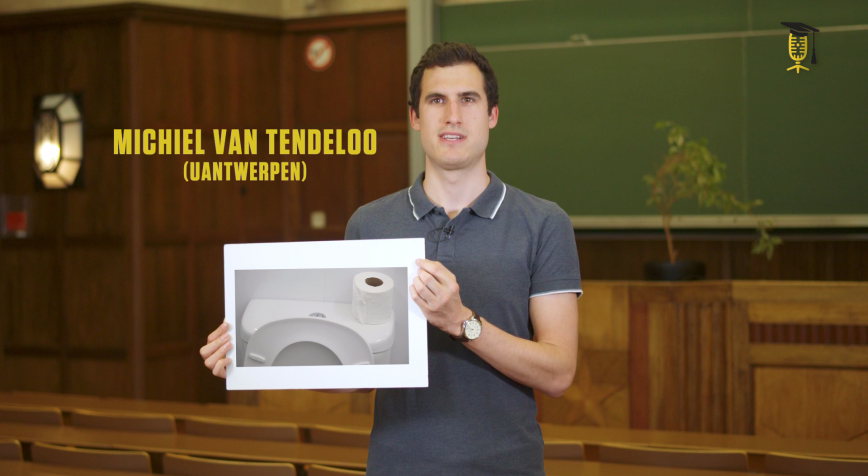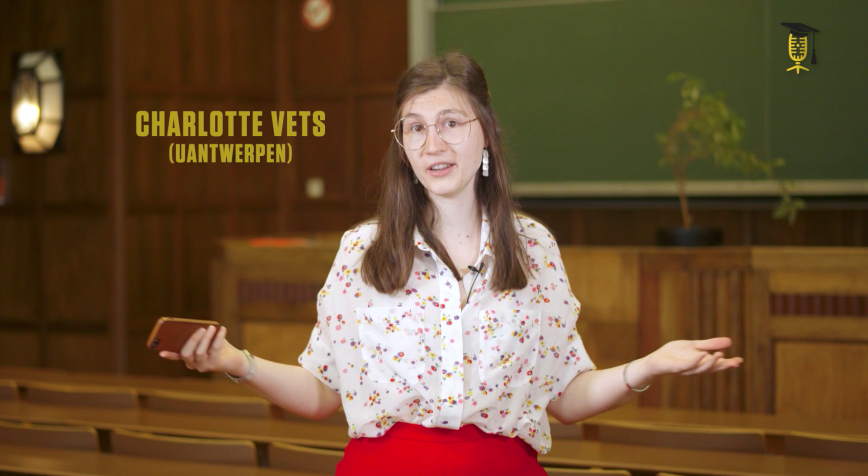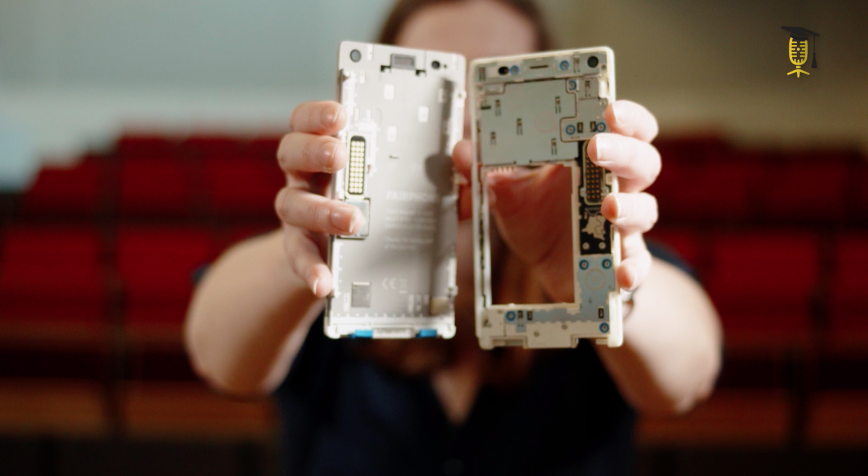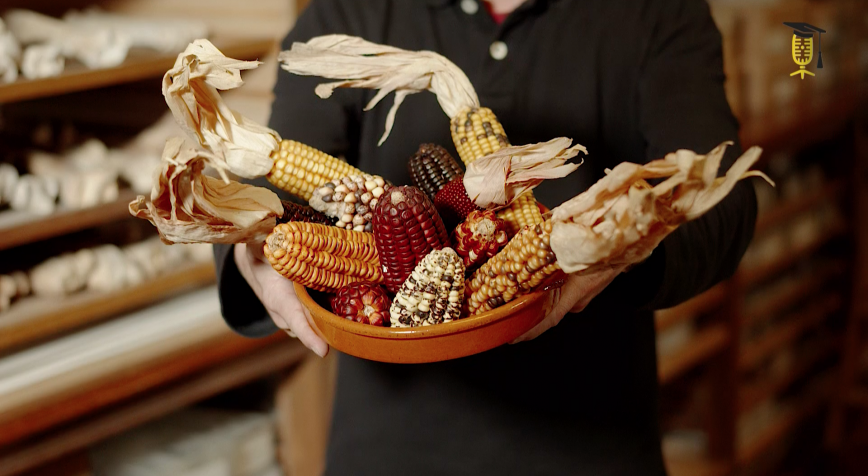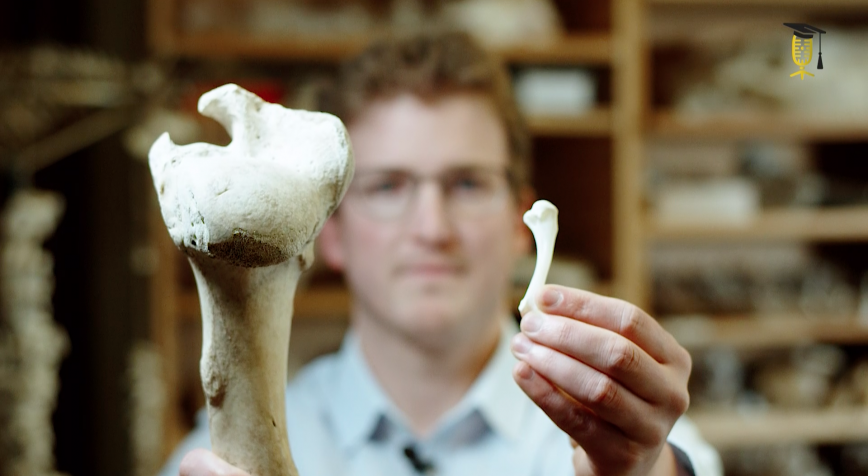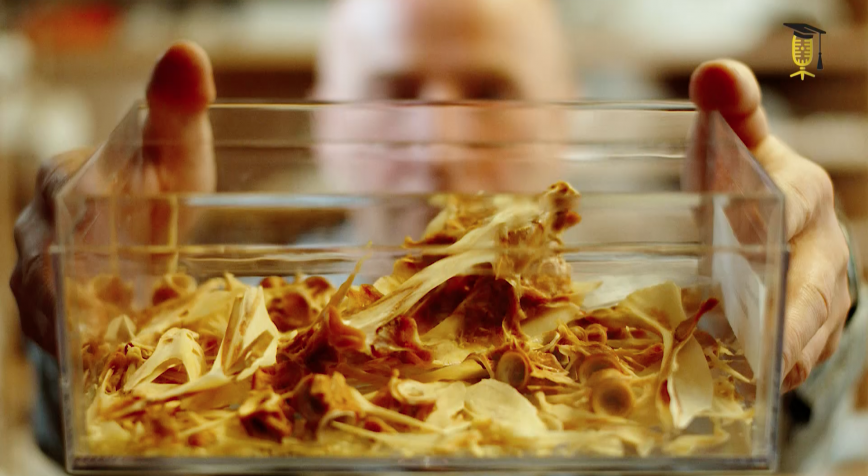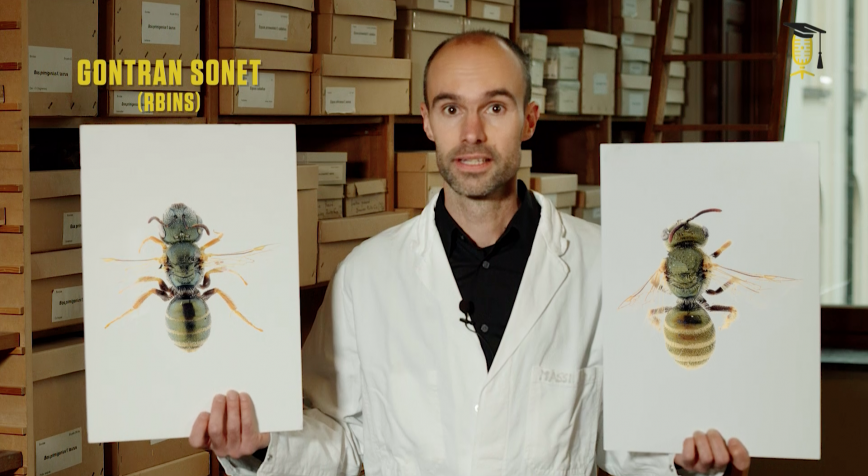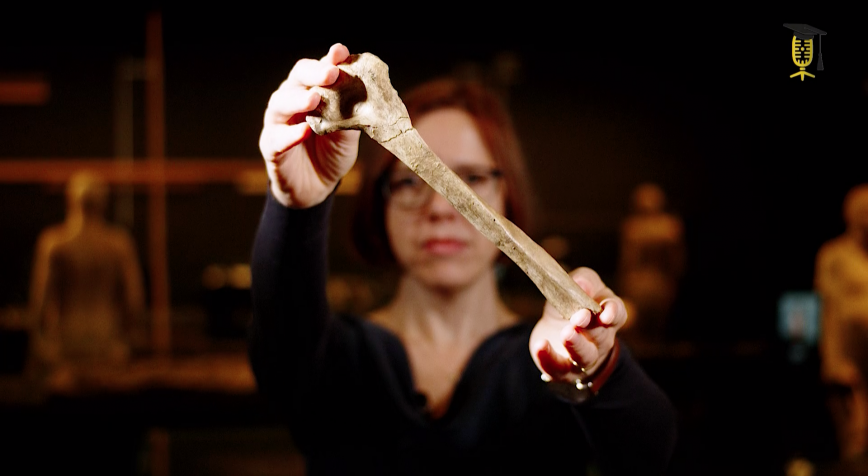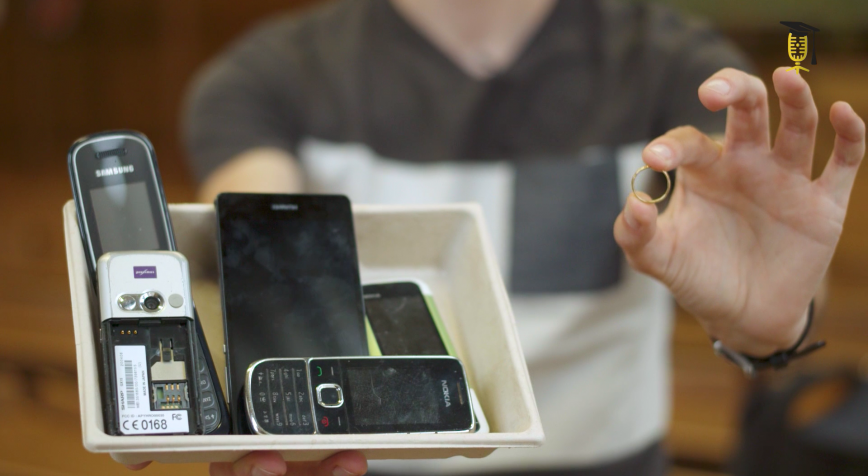
UAntwerpen
VITO
Your smartphone is a gold mine
Did you know that your smartphone contains, among many other precious metals, about 20 milligrams of gold? That may not seem like much, but it's 200 times as much gold as in a small piece of gold ore. Nick Gys (UAntwerpen - VITO) is working on a technique to easily recycle these precious metals from smartphones.
